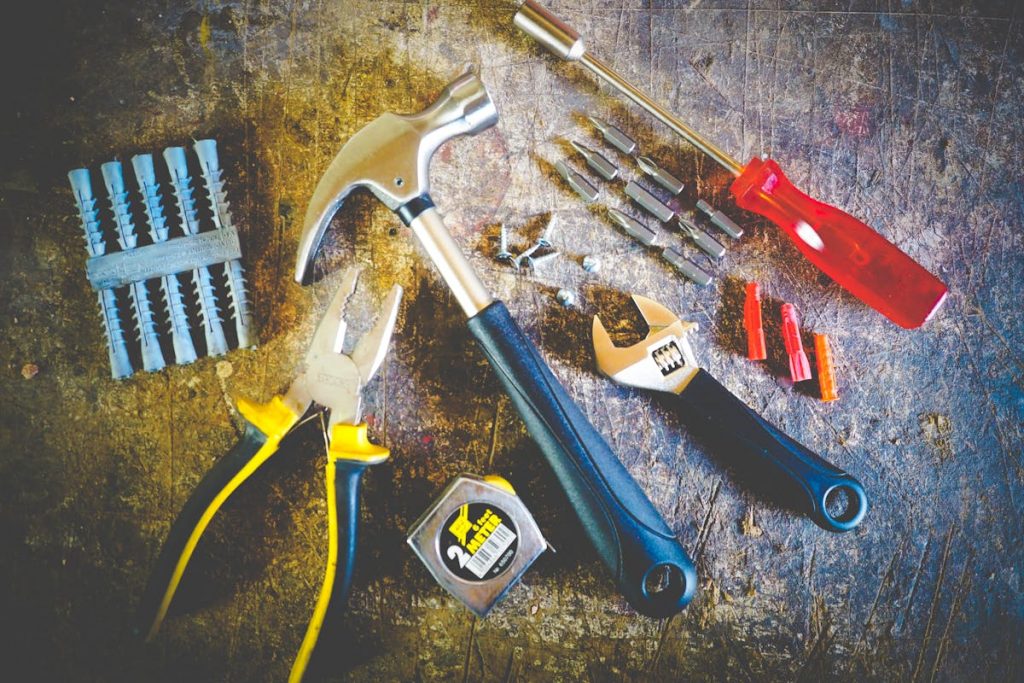
- Invest in durable, sustainable materials to enhance your home’s resilience against extreme weather while being cost-effective.
- To ensure safety, develop a detailed disaster preparedness plan, including emergency kits and strategies for specific weather scenarios.
- Prioritize regular home maintenance and prompt repairs to prevent damage escalation and secure your property against harsh conditions.
- Install backup systems and utilize digital tools for real-time weather alerts to stay informed and proactive in emergencies.
Homeowners know that one of the most important responsibilities is ensuring their homes can withstand extreme weather conditions. Whether hurricanes, blizzards, or wildfires, being prepared for whatever Mother Nature throws your way is crucial to protecting your property and your loved ones.
This blog post will discuss key tips and strategies for fortifying your home and making it more resilient in extreme conditions.
Invest in Quality Materials
When it comes to fortifying your home, the quality of your materials is paramount. Opt for durable materials that are resistant to extreme weather conditions, such as impact-resistant windows, reinforced doors, and sturdy roofing materials. Investing in high-quality materials can save you money and hassle in the long run.
Sustainability and Energy Efficiency
In addition to choosing durable materials, it’s also essential to consider your selected materials’ sustainability and energy efficiency. For instance, energy-efficient windows offer protection against storm damage. But it can also help reduce your home’s energy consumption, lowering utility bills.
Roofing Materials
Similarly, sustainable roofing materials that reflect rather than absorb heat can keep your home cooler during the summer months, further enhancing your home’s resilience to extreme weather conditions. By prioritizing quality, sustainability, and energy efficiency in your material choices, you’re fortifying your home against the elements and investing in its long-term sustainability and cost-effectiveness.
Create a Disaster Preparedness Plan
A comprehensive disaster preparedness plan is one of the best ways to protect your home from extreme conditions. This plan should include detailed instructions on what to do in an emergency and a list of essential supplies and contact information for emergency services. Make sure all household members are familiar with the plan and know their roles in case of an emergency.
Strategies for Extreme Weather
In addition to having a basic plan, your disaster preparedness should also feature specific strategies tailored to different types of extreme weather you may encounter. For example, in the case of hurricanes, your plan should include information on when to evacuate, how to secure your home before leaving, and where to find the nearest shelter. For blizzards, ensure you have sufficient heating supplies, such as wood for a fireplace or blankets to keep warm in case the power goes out.
Review and Update
Furthermore, regularly review and update your emergency kit, ensuring it always contains fresh water, non-perishable food items, first-aid supplies, flashlights, extra batteries, essential documents, and any necessary medications. By preparing for various scenarios and maintaining an updated kit, you can significantly improve your home’s resilience to extreme weather conditions.

Maintain Your Home Regularly
Regular maintenance is key to keeping your home safe and secure during extreme conditions. Inspect your roof for any signs of damage, clean out gutters regularly to prevent flooding, and trim back trees and shrubs that could pose a hazard during high winds or storms. By staying on top of maintenance tasks, you can help prevent damage before it occurs.
Make the Necessary Repairs
In addition to regular maintenance, making any necessary repairs as soon as possible is crucial. Small damages can quickly escalate during extreme weather conditions, leading to more significant and costly repairs. If you notice any issues with your home, address them promptly before they become bigger problems. For instance, you should also consider working with a reputable company offering concrete repair services to work on the driveway. The company should provide quality products and services to help you avoid expensive repairs down the line.
Consider Installing Backup Systems
In a power outage or other emergency, having backup systems can make all the difference. Consider installing a generator to provide power during outages, investing in a sump pump to prevent basement flooding, or installing security shutters to protect windows from high winds or debris during storms.
Sprinkler System
Additionally, for those living in areas prone to wildfires, installing a sprinkler system around your property can be a crucial line of defense in protecting your home from fire damage. These systems can be activated remotely in the event of an approaching fire, soaking the surroundings to reduce the risk of flames reaching your home.
Stay Informed and Be Proactive
Finally, staying informed about potential threats in your area and taking proactive measures to protect your home is crucial. Sign up for weather alerts from local authorities, watch developing weather patterns, and take steps to fortify your home before extreme conditions strike. By being proactive and prepared, you can minimize the risk of damage to your property and keep your loved ones safe.
Utilize Available Resources
Keeping abreast of the latest weather forecasts and advisories is not just about tuning into the news; it’s about utilizing all available resources to ensure you’re never caught off guard. Use digital tools and apps designed for emergency preparedness, which can offer real-time alerts and updates directly to your mobile device. Many of these apps also provide tips on preparing for specific types of extreme weather, adding a layer of safety for you and your family.
Fortifying your home against extreme conditions may require some time and effort upfront. But the peace of mind it provides is invaluable. Investing in quality materials, creating a disaster preparedness plan, maintaining your home regularly, installing backup systems, staying informed, and being proactive about protecting your property can ensure that your haven remains safe no matter what challenges come. Remember that preparation is vital when facing extreme weather conditions – so start taking steps today to fortify your home against whatever nature may throw at it.
